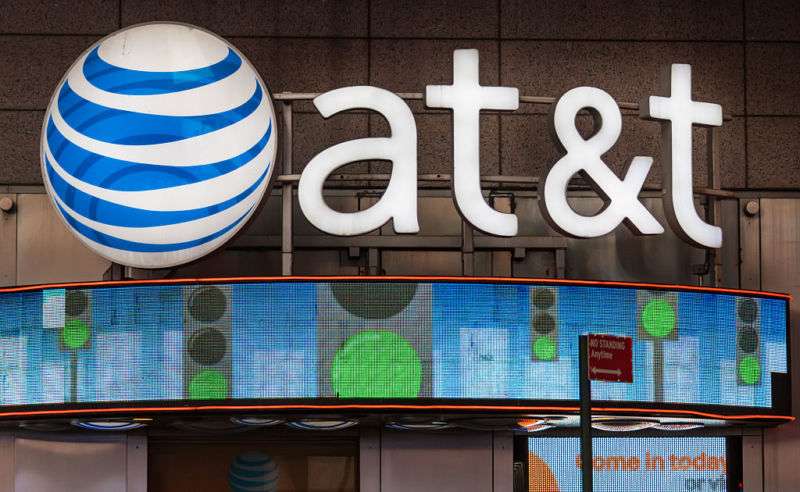
AT&T slashed billions from network spending, cut tens of thousands of jobs

AT&T slashed capital expenditures by more than $1.6 billion in 2019 and projects a capital-investment cut of more than $3 billion in 2020.
AT&T’s capital expenditures for the full year of 2019 totaled $19.64 billion, down from $21.25 billion in 2018, an AT&T investor briefing released yesterday said.
The broadband industry and Federal Communications Commission officials have used capital expenditures as a measure of broadband-network investment and have claimed that eliminating net neutrality rules and other regulations would cause such investment to rise. But some of the biggest ISPs, such as Comcast and Charter, have been reducing capital expenditures despite getting their sought-after net neutrality repeal and a large corporate tax cut.
As we reported in October, AT&T has been warning of a $3 billion cut in capital investment to come in 2020, which would reduce the amount it spends on upgrading and expanding wireline and mobile broadband networks. The company reiterated that guidance and discussed its plans in its earnings report yesterday.
The planned cut is based on a slightly different measure that AT&T calls “gross capital investment,” which includes the $19.64 billion in capital expenditures plus “cash payments for vendor financing” and spending on FirstNet, a public-safety network AT&T is building with a government contract. AT&T said that this vendor financing is generally excluded from capital expenditures and reported separately as financing activities, but AT&T has started reporting its capital-spending numbers both with and without the long-term financing.
AT&T said its gross capital investment in 2019 was $23.7 billion, which AT&T said meets its goal of spending in the “$23-billion range.”
In 2020, AT&T said its goal is much lower, with gross capital investment somewhere in the “$20-billion range,” likely resulting in a cut of more than $3 billion. Vendor-financing payments are expected to make up about $3 billion of that $20 billion.
In an earnings call yesterday, AT&T CEO Randall Stephenson said the “board has developed a very thoughtful capital allocation approach that will maintain a solid balance sheet and drive shareholder value.”
Despite tax break, another 20,000 job cuts
In addition to the drops in capital spending, AT&T continues cutting jobs despite Stephenson previously claiming that AT&T would use a corporate tax break to create “7,000 hard-hat jobs.” As we noted in a story yesterday, AT&T had 247,800 employees at the end of 2019, down from 268,220 one year earlier. That’s a 7.6 percent drop in employment.
The new earnings report “shows that AT&T continues to cut jobs and reduce capital expenditures even as the company announced record operating and free cash flow for 2019 and more than $5 billion in stock buybacks in the past four months,” the Communications Workers of America (CWA) union said in a statement. “The company has cut 37,818 jobs since the Tax Cuts and Jobs Act (TCJA) went into effect in 2018, including 4,040 in the fourth quarter of 2019.”
AT&T notified the union last week “of its plans to cut an additional 200 technician positions in California on February 14, 2020,” the CWA said.
Verizon reported earnings today, saying that its capital expenditures rose from $16.7 billion in 2018 to $17.9 billion in 2019. Verizon said its capital spending in 2020 will be “in the range of $17 billion to $18 billion.” Verizon’s number of employees dropped from 144,500 at the end of 2018 to 135,000 at the end of 2019.




